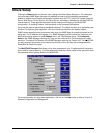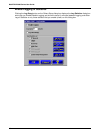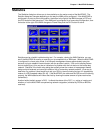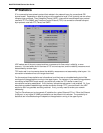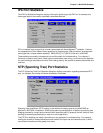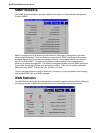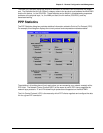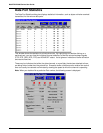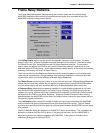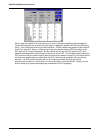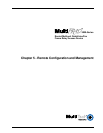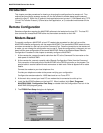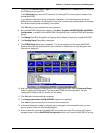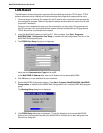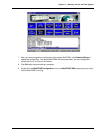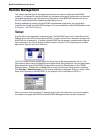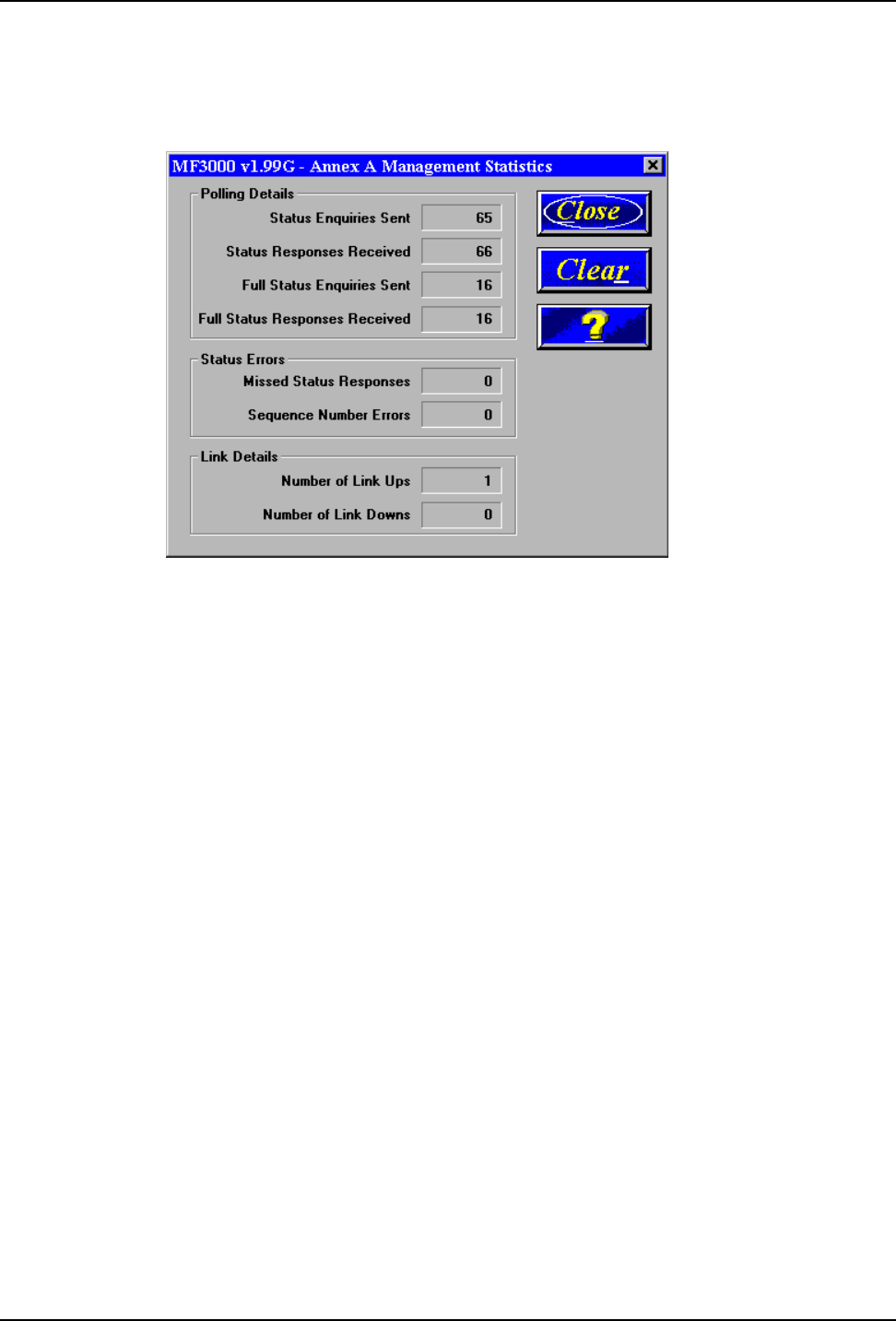
67
Chapter 4 - MultiFRAD Software
Frame Relay Statistics
The Frame Relay Management Statistics dialog box can be a useful tool for troubleshooting
MultiFRAD installations and monitoring the performance of active links, and determining if the
MultiFRAD is talking to the provider’s switch.
The Polling Details section lists the various management frames sent and received. For every
Status Enquiry Sent, a Status Response should be received from the network. Likewise, for every
Full Status Enquiry Sent, there should be one Full Status Response received. The two status
enquiry types are used by the FRAD to verify that the frame relay network is operational, and to
determine which DLCIs are active. Under default settings a status enquiry is sent every ten seconds,
and every sixth enquiry will be a Full Status Enquiry.
The Enquiries Sent and the Responses Received should increment together, and should be equal
under normal circumstances. Any gap between them reflects a breakdown in communication with
the provider’s switch, and will be reflected as Missed Status Responses.
The Status Errors section lists the number of errors that have occurred. A Missed Status Response
means that the frame relay network did not respond to a status enquiry from the MultiFRAD before
the next status enquiry was sent (by default there are 10 seconds between status enquiries).
A Sequence Error means that the sequence numbers in a received status response do not match
what the MultiFRAD expected based on its Status Enquiry. Basically, the Status Enquiry has two
numbers (or counts), and one should be incremented by the network and then both numbers should
be returned to the FRAD in the Status Response. Sequence Number Errors also reflect missing
packets between the MultiFRAD and the switch, but should not be a cause for alarm unless they are
incrementing rapidly and steadily.
The Link Details section records the number of times the frame relay link between the MultiFRAD
and the network has gone up (become active) or gone down (become inactive). The Link Details
provide a more general picture of the status of communication between the MultiFRAD and the frame
relay network.
The DLCI Statistics dialog box shows the individual DLCI status and statistics. This information can
be helpful in determining if the DLCI is active, if it is going up and down, and if the MultiFRAD is
experiencing frame relay network congestion (FECN/BECN). It also gives an indication of the
momentary throughput on individual DLCIs.



